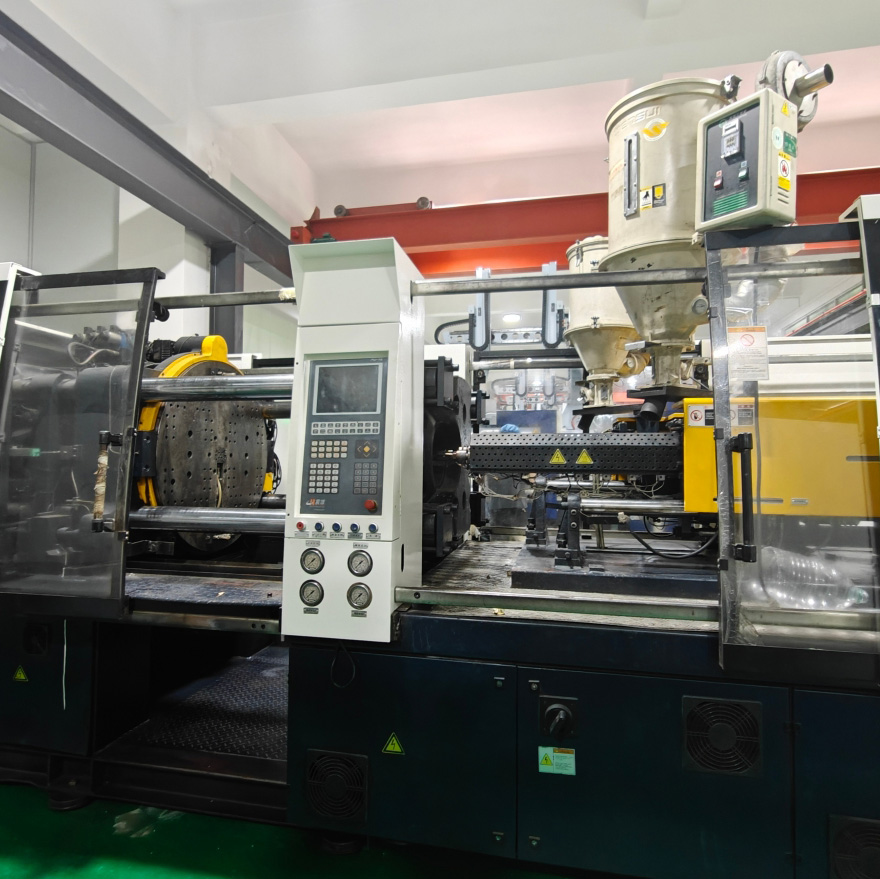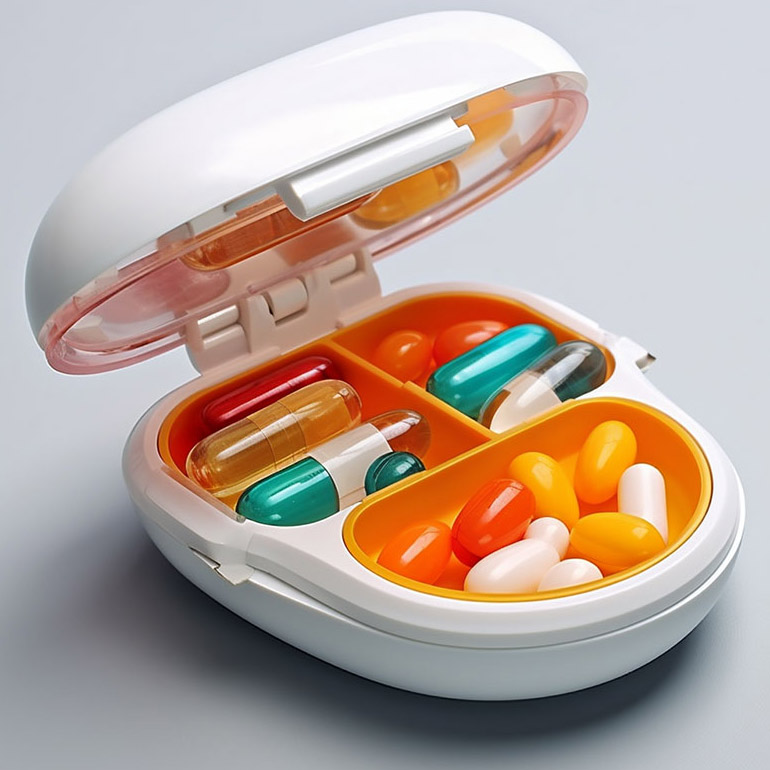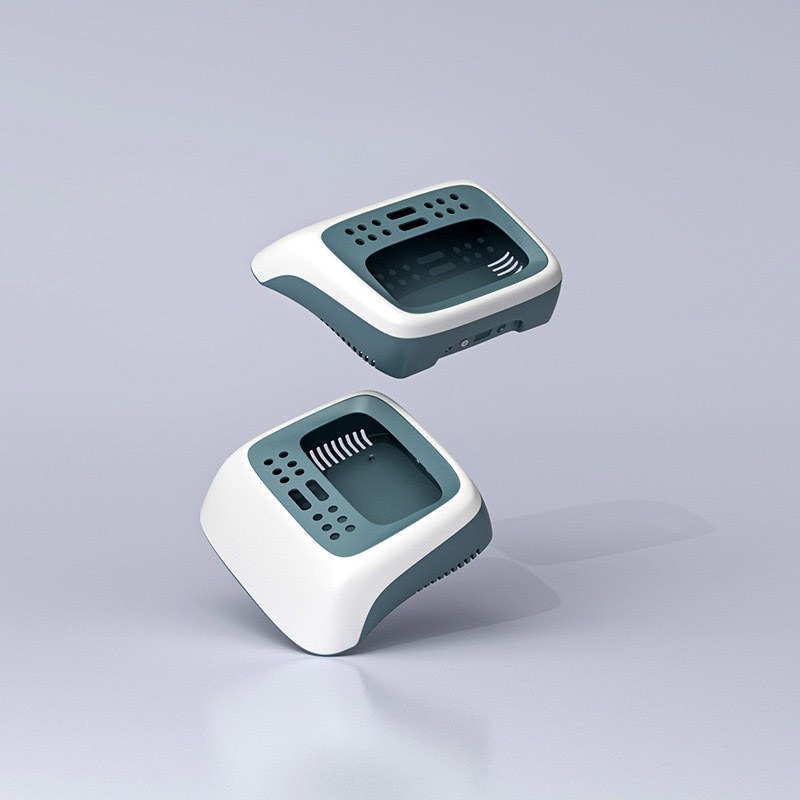Introduction
In modern industrial manufacturing, injection molds are widely and crucially applied. From daily necessities to high-tech products, their presence is indispensable. As a core process in
plastic injection molding, they enable reliable, repeatable production at scale. Next, let’s delve into the specific applications and unique advantages of injection molds in four key industries: automotive, electronics, medical, and packaging.
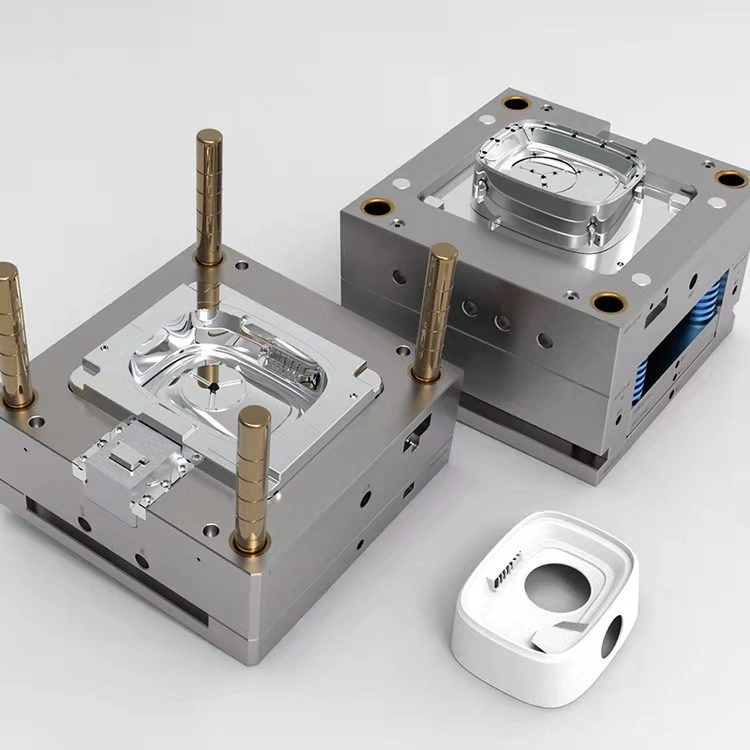
Applications and Advantages of Injection Molds in the Automotive Industry
1. Application Scenarios
Injection molds are widely used in the automotive industry, covering interior parts (such as instrument panels, seat armrests, door interior panels, etc.) and exterior parts (such as bumpers, grilles, side skirts, etc.). For example, the instrument panel is formed by a precision injection mold in one shot, with precise component positions and excellent appearance quality.
2. Special Requirements for Molds
- High Precision Requirement: The dimensional tolerance needs to be controlled within ±0.05mm or even smaller to ensure the precise assembly of parts with other components.
- Strength and Durability: The mold materials should possess high strength and toughness. The structural design should distribute stress reasonably to prevent deformation and cracking.
- Good Surface Quality: For exterior parts, the mold is required to produce components with smooth surfaces, no flaws, and uniform color. The surface finish can be improved by processes such as polishing and chrome plating.
3. Advantages Brought by Injection Molds
- Improve Production Efficiency: It enables large-scale and rapid production, significantly shortening the production cycle to meet the demand for an ample and fast supply of components.
- Ensure Product Consistency: The components are highly consistent in terms of size, shape, and performance, which is beneficial to the quality control and assembly process of automobiles.
- Reduce Costs: Although the upfront investment is significant, the cost can be shared through mass production. Moreover, the high degree of automation reduces labor costs and the scrap rate.
For oversized bumpers, instrument panels, and exterior shells,
large part injection molding helps balance cosmetic class, stiffness, and cycle time.
Applications and Advantages of Injection Molds in the Electronics Industry
1. Application Scenarios
Injection molds play a vital role in the electronics industry, used to produce components such as housings, keys, and connectors for electronic products. For example, the housing of a smartphone needs to be both aesthetically pleasing and protective, and the keys should have a comfortable feel and be responsive. These are typical
injection molded plastic parts requiring tight tolerances and stable cosmetic quality.
2. Special Requirements for Molds
- Precision Machining: Due to the small size of electronic components, the precision of the mold needs to reach ±0.01mm or even higher. Technologies such as ultra-high-speed milling and micro electrical discharge machining should be adopted to ensure the dimensional and shape precision.
- Material Compatibility: The mold materials must be compatible with electronic components, without generating static electricity, corrosion, or other effects. Materials with properties such as anti-static and flame-retardant are often selected, or relevant treatments are carried out.
- Rapid Cooling: The electronics industry requires molds to be designed with efficient cooling systems to cool and set molded products quickly, thereby shortening the production cycle and meeting the demand for rapid product updates.
3. Advantages Brought by Injection Molds
- Achieve Miniaturization and Lightweight: Through precision mold design and manufacturing, the multi-component assembly structure can be integrated into one piece, reducing the number of components and realizing the miniaturization and lightweight of products.
- Improve Product Quality: It ensures the consistency of electronic components in terms of size, shape, and performance, enhancing the overall quality of the products, which is crucial for their performance and reliability.
- Adapt to Rapid Updates: The mold has high flexibility and can be quickly adjusted according to market demands and product design changes to produce products that meet new requirements.
Applications and Advantages of Injection Molds in the Medical Industry
1. Application Scenarios
Injection molds are widely used in the medical industry, covering medical consumables (such as syringes, infusion sets, medical catheters, etc.) and some medical devices (such as the housings of small diagnostic equipment, handheld medical instruments, etc.).
2. Special Requirements for Molds
- Biocompatibility: The materials must have excellent biocompatibility. Medical-grade materials that have undergone strict testing and certification, such as medical-grade polycarbonate and polypropylene, should be selected to ensure that no adverse effects are caused to the human body.
- Aseptic Production: The design and manufacturing of the mold should be convenient for cleaning, disinfecting, and sterilizing. The structure should be simple without hard-to-clean corners. A detachable design can be adopted to ensure that the medical products produced are sterile.
- Precision and Reliability: The dimensional accuracy of the mold should be controlled within ±0.02mm. Moreover, it should not deform or crack during long-term use to ensure the quality of medical products.
3. Advantages Brought by Injection Molds
- Ensure Patient Safety: The medical products produced have high consistency in terms of size, shape, and performance, ensuring stable quality. For example, the scale on the syringe is accurate, and the flow rate of the infusion set is stable, ensuring patient treatment.
- Improve Production Efficiency: It can carry out large-scale and rapid production of medical products to meet the large and rapid supply demand of the medical industry. When dealing with public health emergencies, it can quickly provide a large number of required medical products.
- Reduce Costs: Mass production can share the cost. Moreover, the high degree of automation in the production process can reduce labor costs and the scrap rate, reducing the production cost.
For quoting, DFM, and sampling, our
custom injection molded parts programs align sterilization pathways and QA plans with target costs.
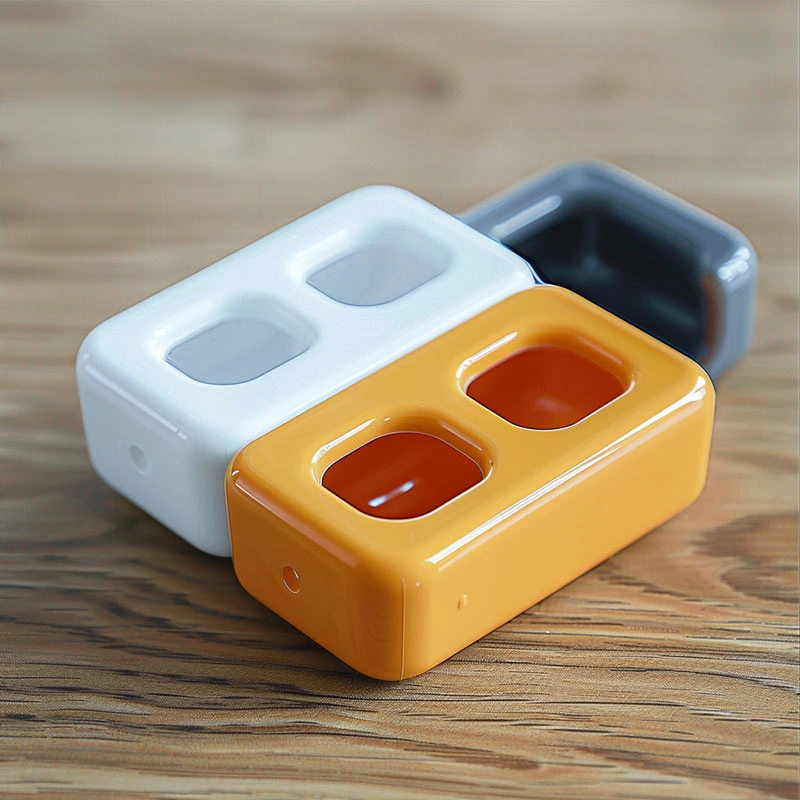
Applications and Advantages of Injection Molds in the Packaging Industry
1. Application Scenarios
Injection molds are used in the packaging industry to produce plastic packaging containers, such as beverage bottles, cosmetic bottles, plastic boxes, plastic buckets, etc.
2. Special Requirements for Molds
- Good Appearance Quality: It is required to produce containers with a beautiful appearance, uniform color, and high transparency. The surface finish of the mold cavity can be improved by processes such as polishing and chrome plating.
- Lightweight Design: The mold should be able to design the container structure that meets the lightweight requirements. By adjusting parameters such as wall thickness and shape, the container can be made lightweight while ensuring its functions.
- Rapid Production: It should have high production efficiency to quickly produce a large number of containers that meet the requirements to meet the changes in market demand.
3. Advantages Brought by Injection Molds
- Meet Diverse Needs: It can design various shapes, sizes, and colors of containers according to different packaging needs, enhancing the market competitiveness of products.
- Improve Product Quality: It ensures the high consistency of the containers in terms of size, shape, and performance, which is beneficial to maintaining the brand image and market competitiveness.
- Reduce Costs: Mass production can share the cost. Moreover, the high degree of automation in the production process can reduce labor costs and the scrap rate.
Conclusion
In conclusion, the applications of injection molds in industries such as automotive, electronics, medical, and packaging have their own emphases and significant advantages. From high-precision production to meeting diverse needs, from ensuring safety to reducing costs, their importance is self-evident. With the development of science and technology, injection molds will undoubtedly continue to innovate and optimize, playing a more crucial role in various industries, and their prospects are worth looking forward to.
